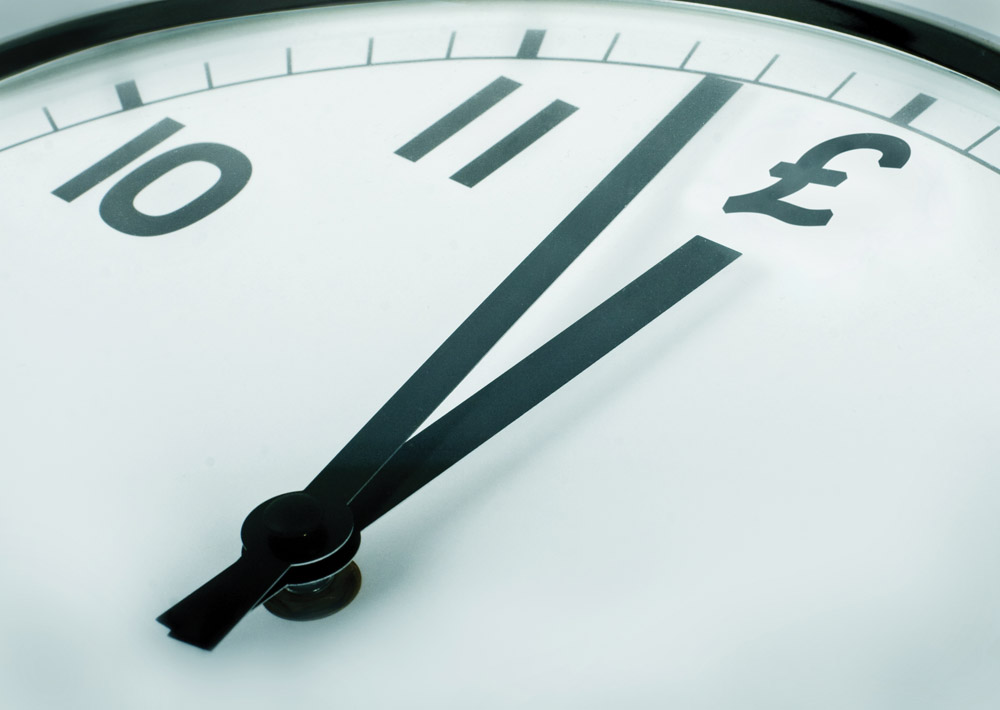Experienced Investor
Why last-minute investing can cost you thousands

The end of the tax year tends to prompt a flurry of activity from savers and investors, but they’d be better off starting early.
New data from Hargreaves Lansdown shows that on Friday 5 April (the last day of the tax year) a contribution to an HL ISA was made every 8 seconds between 11.00pm and midnight, while in the last seven days of the tax year, 1.07 million people checked the HL website. The group received over 2,250 calls after 5.30pm on deadline day.
A similar phenomenon happened last year. Investment Association statistics show a net £1.5bn flowed into investment funds in the last month of the tax year 2017/18. The previous year, £4.6bn had been invested in March, as investors rushed to use up their ISA and pension allowances before they expired.
While it is good that investors are using their tax allowances, in general they would be far better off investing early in the tax year rather than waiting until the end.
As Sarah Coles, personal finance analyst, Hargreaves Lansdown, points out: “Getting it sorted now means your investments will be sheltered from tax straight away, you’ll get dividends immediately, and your money has longer to grow. It also provides the opportunity to set up regular investments each month, which not only spreads the cost of an ISA but also avoids any risk associated with market timing.”
Better returns
Old Mutual Wealth looked at the difference in the overall returns for those who invested early in the tax year, and those who left it to the last minute. Over the past five years, those who invested the maximum ISA contribution (£20,000) in each tax year in the average fund in the Mixed Investment 40-85% Shares sector would have built a pot of £92,841 if they had invested early, and just £87,134 if they had left it later.

Why Life Insurance Still Matters – Even During a Cost-of-Living Crisis
Sponsored by Post Office
For pension contributions, the gap is even wider because of the tax breaks. Those who had invested the maximum contribution each year would have £258,826. Those who had left it later, would have just £242,514. That’s £5,707 for an ISA and £16,312 for a pension.
Another consideration is that the past few years tax relief on pensions continue to come under threat. It remains a potential cost-saving option for cash-strapped governments. As such, it is best to take advantage of tax breaks while they still exist. This year, it may be worth resolving to invest as early as possible rather than rushing at the tax year end.